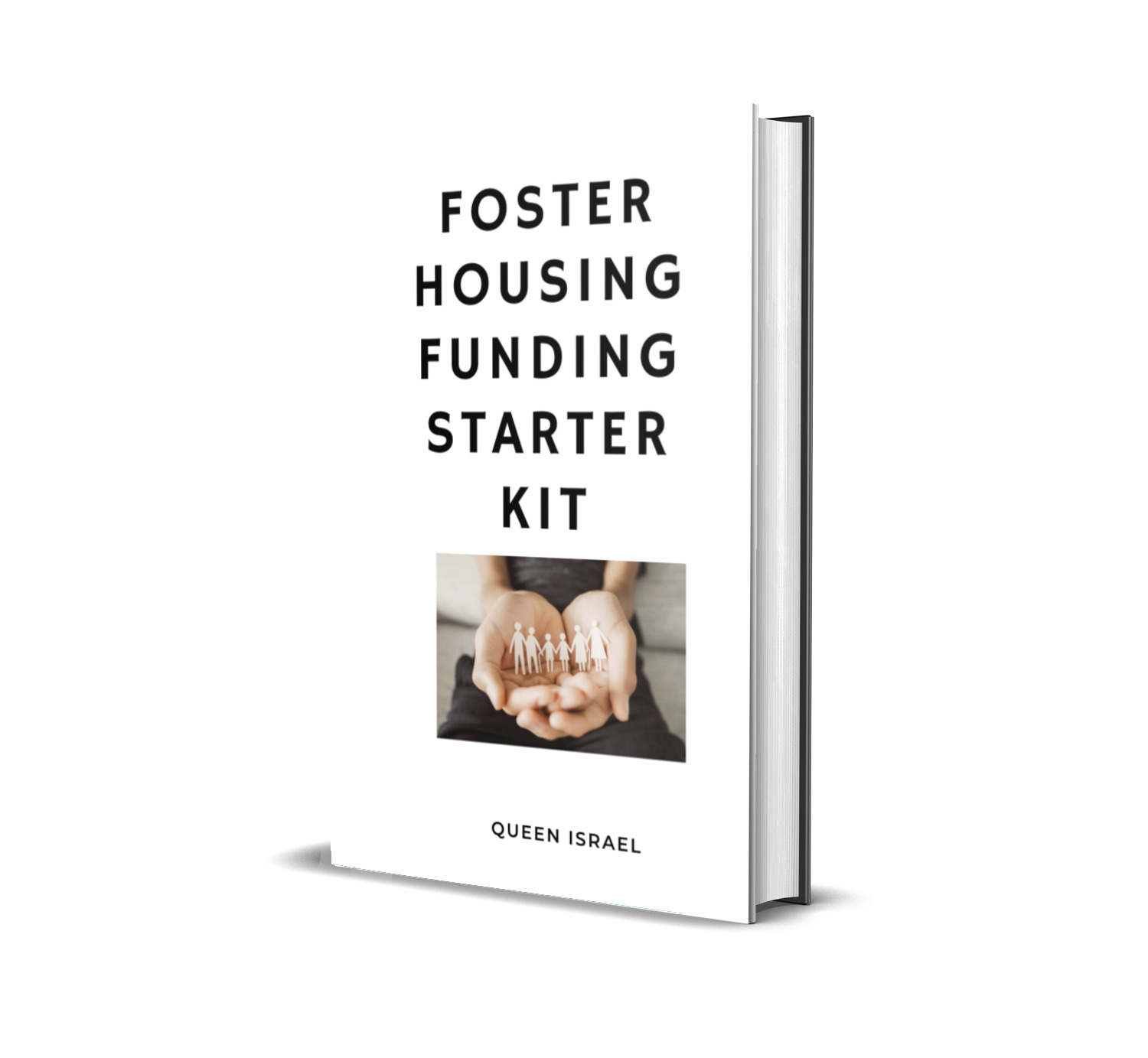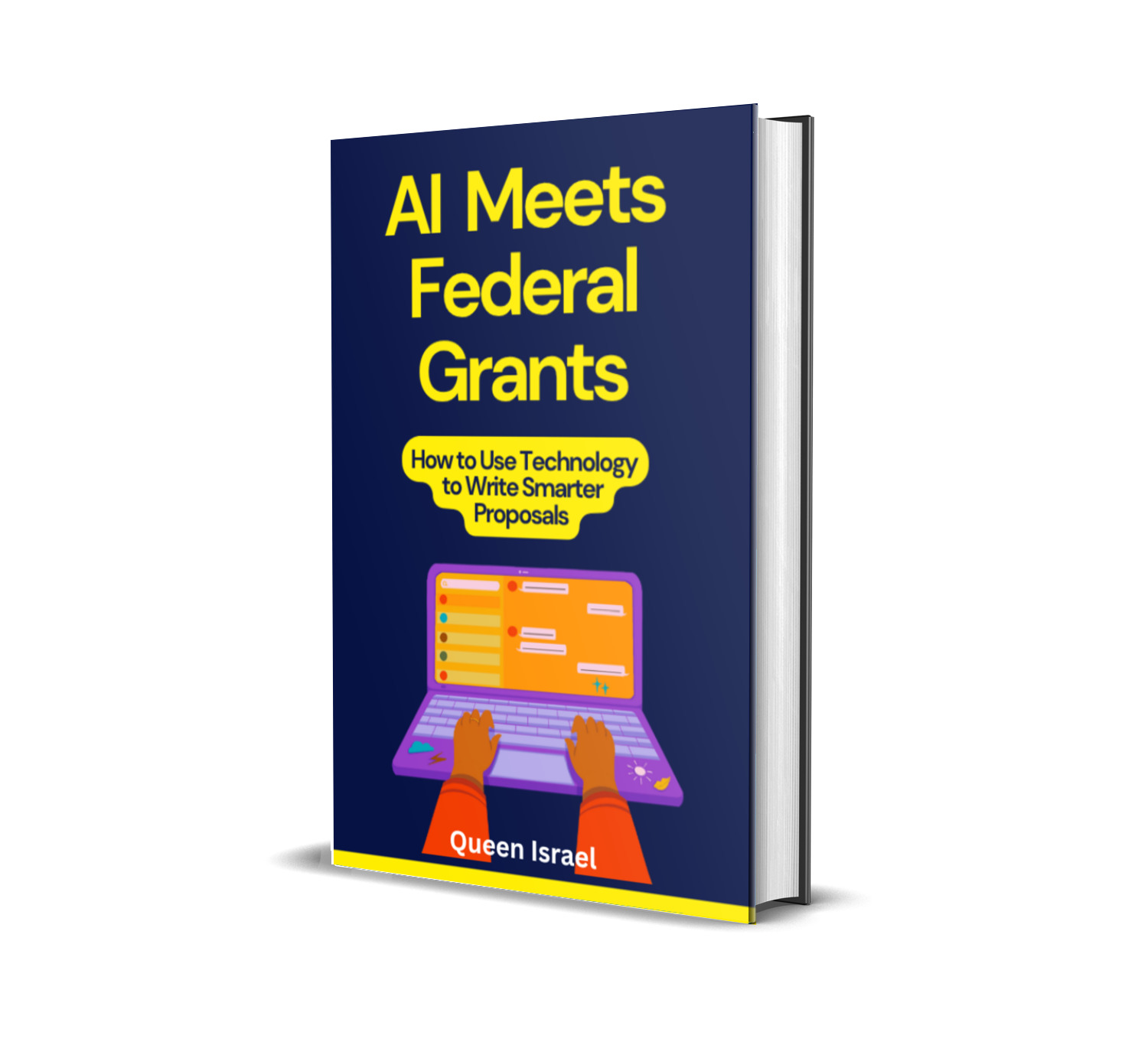In today’s evolving landscape of community sports and recreational facilities, football field grants are transforming neighborhoods by providing essential funding for building and refurbishing football pitches.
Whether you’re part of a local community group, a school athletic program, or a nonprofit organization passionate about youth sports, understanding these grants can unlock new opportunities for safe, high-quality playing fields that foster teamwork, health, and community pride.
In this comprehensive guide, we’ll dive deep into the world of football field grants, explore what they are, who is eligible, and how you can successfully apply for them.
Along the way, we’ll share data, success stories, practical tips, and expert strategies to ensure your proposal stands out. And if you’re serious about boosting your grant success rates, don’t forget to subscribe to the Grant Writing Academy Newsletter—your gateway to tips, strategies, templates, and tools designed to enhance your funding applications.
Why Football Field Grants Matter
Football is more than just a sport—it’s a unifying force in many communities. Well-maintained football fields serve as hubs for youth development, social interaction, and physical fitness. However, building or refurbishing these fields requires significant financial resources that are often beyond the reach of small community organizations. This is where grants step in.
Football field grants provide:
- Funding for construction and refurbishment of pitches.
- Upgrades to safety features like improved lighting systems, bleachers, irrigation, and turf.
- Economic and social benefits by creating safe, accessible spaces for recreational activities.
- Increased participation in sports, leading to healthier lifestyles and strengthened community bonds.
For example, the NFL Foundation – LISC Grassroots Field Grant Program has awarded nearly $65 million in grants, leading to the development and refurbishment of over 435 community football fields nationwide.
Similar programs in other regions, like the Football Foundation in the UK, have channeled billions of pounds into transforming grassroots facilities, showcasing the far-reaching impact of these grants.
Types of Football Field Grants
Understanding the various types of football field grants can help you identify the best opportunities for your project. Grants generally fall into two major categories:
1. New Field Development Grants
These grants are awarded for the construction of brand-new football fields, including:
- Site acquisition and land preparation.
- Installation of high-quality natural or artificial turf.
- Construction of ancillary facilities such as changing rooms, bleachers, and scoreboards.
- Upgrading lighting systems for evening games.
2. Field Refurbishment Grants
If your community already has a football field that requires improvement, refurbishment grants can cover:
- Resurfacing worn-out fields.
- Upgrading drainage and irrigation systems.
- Enhancing safety measures, such as installing new fencing or padding around goals.
- Modernizing lighting and scoreboards to meet current standards.
Both types of grants require detailed project planning and an emphasis on community benefits. Highlighting the community, development, and safety improvements in your proposal can resonate strongly with funders.
Who Can Apply for Football Field Grants?
Eligibility for football field grants typically includes:
- Nonprofit organizations and local sports clubs.
- Schools and educational institutions with athletic programs.
- Municipalities and local government bodies.
- Community organizations focused on youth engagement and public health.
- Sometimes, private entities in partnership with public institutions or sponsors.
Funders look for applicants who demonstrate a clear need, a well-planned project, and the potential for a significant positive impact on the community. Ensuring that your proposal aligns with the mission of the funding organization is key to success.
Key Organizations Offering Football Field Grants
Several prominent organizations and foundations have made significant strides in supporting football field projects. Here are a few notable examples:
a) NFL Foundation – LISC Grassroots Field Grant Program
The NFL Foundation has partnered with the Local Initiatives Support Corporation (LISC) to fund projects that develop and enhance community football fields. With over $65 million awarded to date, this program supports projects across multiple cities, providing resources for both new field construction and major refurbishments. This initiative not only improves the physical infrastructure but also supports youth sports and community engagement
b) Football Foundation (UK)
In the United Kingdom, the Football Foundation is the largest sports charity dedicated to improving grassroots football facilities. Since its inception in 2000, it has awarded more than 17,600 grants worth over £708 million, with an additional £885 million in partner funding. Their projects cover everything from new artificial and natural grass pitches to upgraded changing facilities
c) Field Lighting System and Infrastructure Grants
Beyond pitch construction, some grants focus on the technological and infrastructural upgrades of football fields. For instance, proposals for upgraded lighting systems have shown promising data, indicating increased community usage, improved user satisfaction, and enhanced safety during evening events. Detailed proposals in this area often highlight metrics like higher attendance rates and more frequent bookings, demonstrating a direct correlation between upgraded facilities and community benefits
How Football Field Grants Work: The Process
The journey to securing a football field grant can be broken down into several key steps:
1. Identifying the Need
Begin by assessing your community’s requirements. This includes:
- Conducting surveys and collecting data on current facility usage.
- Identifying gaps in safety and accessibility.
- Demonstrating how an improved football field can drive community engagement and healthy lifestyles.
2. Researching Available Grants
Explore various funding sources such as local government programs, nonprofit foundations, and corporate sponsorships. Use online resources, government databases, and local sports councils to compile a list of potential grants.
3. Crafting a Compelling Proposal
Your proposal should be clear, concise, and persuasive. Key elements include:
- Project Description: Detail what the grant will fund—whether it’s new construction or refurbishments.
- Budget Breakdown: Provide a detailed financial plan, outlining costs for materials, labor, and any additional expenses.
- Impact Statement: Emphasize the positive outcomes for the community, including enhanced safety, increased sports participation, and long-term benefits.
- Timeline and Milestones: Outline the project’s phases, from planning to completion, with clear benchmarks.
- Sustainability: Explain how the project will be maintained over time, ensuring lasting benefits.
4. Submitting the Application
Follow the guidelines provided by the funding organization meticulously. Missing documents or formatting errors can jeopardize your application.
5. Follow-Up and Communication
After submission, be prepared to answer any follow-up questions. Maintain open lines of communication with the grant provider and be ready to provide additional documentation if required.
Each step in the process is critical. Successful applicants often highlight their project’s alignment with the funding agency’s development, community, and safety priorities.
Tips for Writing a Winning Grant Proposal
To maximize your chances of success, consider these proven strategies when writing your grant proposal:
a) Use Clear, Conversational Language
Keep your tone friendly and direct. Avoid jargon where possible, and explain technical terms in simple language. This not only makes your proposal accessible but also demonstrates that you can communicate effectively with diverse audiences.
b) Highlight the Impact on the Community
Funders are most interested in the tangible benefits their money will provide. Use data and statistics to illustrate the potential impact. For instance, mention that previous programs like the NFL Foundation – LISC initiative led to the refurbishment of over 435 football fields, benefiting thousands of youth athletes.
c) Incorporate Common Keywords
To ensure your proposal resonates with funders—and to echo the language found in top-ranking articles—be sure to include keywords such as grants, community, development, refurbishment, safety, funding, and football field grants. These words not only strengthen your narrative but also align your application with current trends in the funding community.
d) Provide Detailed Data and Case Studies
Back up your claims with real-world examples and metrics. Use relevant data points from previous projects and reputable sources. For example:
- Nearly $65 million awarded in grants to improve football fields (NFL Foundation – LISC).
- The Football Foundation in the UK has transformed facilities with an investment exceeding £1.5 billion.
e) Address Potential Concerns
Be proactive by addressing common concerns funders might have. Detail your plan for maintaining the field post-construction, outline contingency plans for unforeseen challenges, and provide letters of support from community stakeholders. This demonstrates thorough planning and a commitment to long-term success.
f) Make It Engaging
Your proposal should tell a story. Start with a compelling hook—explain how an upgraded football field can become the heartbeat of a community. Use vivid descriptions to paint a picture of enthusiastic children, vibrant games, and a safe space where community members gather.
Best Practices in Grant Writing
Successful grant writing is as much an art as it is a science. Here are some best practices to guide you:
- Plan Early: Begin your grant search and proposal development well ahead of deadlines. This allows ample time for research, drafting, and revisions.
- Stay Organized: Keep track of all documentation, deadlines, and correspondence with funding bodies. A well-organized application reflects professionalism.
- Tailor Your Proposal: Customize your proposal for each funding opportunity. Align your project’s goals with the specific objectives of the grant provider.
- Seek Feedback: Before submission, have peers or mentors review your proposal. Their insights can help refine your message and identify any potential weaknesses.
- Be Authentic: Convey your passion for the project. Authenticity goes a long way in convincing funders that you are the right candidate for their investment.
- Proofread: Errors in grammar or formatting can undermine the credibility of your proposal. Take the time to proofread carefully or hire a professional editor if necessary.
And remember, every application is a learning experience. Even if you don’t win the grant on your first try, the process itself will refine your skills and increase your chances of success in future submissions.
Real-World Success Stories
Learning from successful projects can provide valuable insights into what works. Consider these examples:
a) NFL Foundation – LISC Grassroots Field Grant Program
In a recent funding cycle, this program awarded over $3 million in grants across 15 cities. The grants were used to build and refurbish football fields with state-of-the-art lighting, new turf, and modern amenities. The impact was immediate—communities reported increased usage, safer playing conditions, and heightened youth engagement. This program’s success is a testament to the transformative power of targeted grants.
b) The Football Foundation (UK)
Operating since 2000, the Football Foundation has funded thousands of projects, turning neglected fields into vibrant community hubs. With over 17,600 grants awarded and investments exceeding £1.5 billion, their work has set a benchmark for how funding can drive community development and improve sports facilities across the country.
c) Upgraded Field Lighting Projects
Recent proposals for upgrading football field lighting systems have demonstrated that modern lighting not only extends playing hours but also improves safety and boosts field usage at night. Surveys indicate that fields with upgraded lighting see an increase in evening bookings by up to 30%, along with higher overall satisfaction among users.
These examples underscore the importance of detailed project planning, strong community support, and data-driven outcomes in crafting a winning grant proposal.
Overcoming Common Challenges
While the prospect of obtaining a football field grant is exciting, applicants often face several challenges. Here are some common hurdles and strategies to overcome them:
a) Navigating Complex Application Processes
Grant applications can be complex and time-consuming. To manage this:
- Break the process into manageable steps.
- Use project management tools to track deadlines and required documents.
- Reach out to funding agencies for clarification when needed.
b) Proving Long-Term Impact
Funders want to know that their investment will have lasting benefits. Strengthen your proposal by:
- Providing detailed maintenance and sustainability plans.
- Including letters of support from community leaders.
- Presenting long-term projections on community usage and benefits.
c) Competing with Other Applicants
The competition for grants can be fierce. Stand out by:
- Tailoring your proposal to the specific priorities of the funding agency.
- Highlighting unique aspects of your project, such as innovative design or community engagement strategies.
- Demonstrating a strong track record of past successes, if available.
d) Managing Limited Resources
Often, smaller organizations may have limited resources to prepare detailed proposals. In such cases:
- Leverage free resources and templates available online.
- Consider collaborating with local experts or other organizations to share the workload.
- Use data and success stories from similar projects to build a compelling case.
Essential Tools and Resources
For those new to grant writing or looking to enhance their skills, there are numerous tools and resources available. Here are some recommendations:
- Grant Writing Academy Newsletter: Subscribe to the Grant Writing Academy Newsletter to receive expert tips, detailed templates, and cutting-edge strategies that can boost your proposal success rates. It’s a must-have resource for anyone serious about securing funding for community projects.
- Online Grant Databases: Websites like Grants.gov (for U.S. federal grants) and local government portals provide comprehensive listings of available grants.
- Project Management Software: Tools like Trello, Asana, or Microsoft Project can help you organize tasks, deadlines, and documents throughout the application process.
- Budgeting Tools: Use Excel or specialized budgeting software to create detailed and accurate financial plans.
- Peer Review Networks: Join local or online networks of grant writers to share experiences, ask questions, and provide feedback on proposals.
Leveraging these tools not only streamlines the process but also significantly improves your chances of crafting a winning proposal.
Final Thoughts and Call to Action
Football field grants are more than just financial awards—they are catalysts for community development, youth empowerment, and the promotion of healthy lifestyles.
Remember, the key to securing a grant is not only in the numbers and plans, but also in the passion and vision you bring to your proposal. Whether you’re developing a new field or refurbishing an existing one, be sure to highlight the benefits to the community, the focus on safety, and the long-term impact of your project.
For those who want to take their grant writing skills to the next level, consider subscribing to the Grant Writing Academy Newsletter. With exclusive access to tips, strategies, templates, and tools, this resource is designed to help you enhance your success rates and secure the funding your community deserves.
If you’re ready to turn your vision for a better football field into reality, start by:
- Conducting thorough research on available grants.
- Gathering robust data and success stories.
- Crafting a clear, compelling proposal that resonates with funders.
- And finally, reaching out to experts, community leaders, and peers for feedback.
The journey may seem challenging, but with determination, organization, and the right resources at your disposal, you can secure the funds needed to create a lasting legacy in your community.






